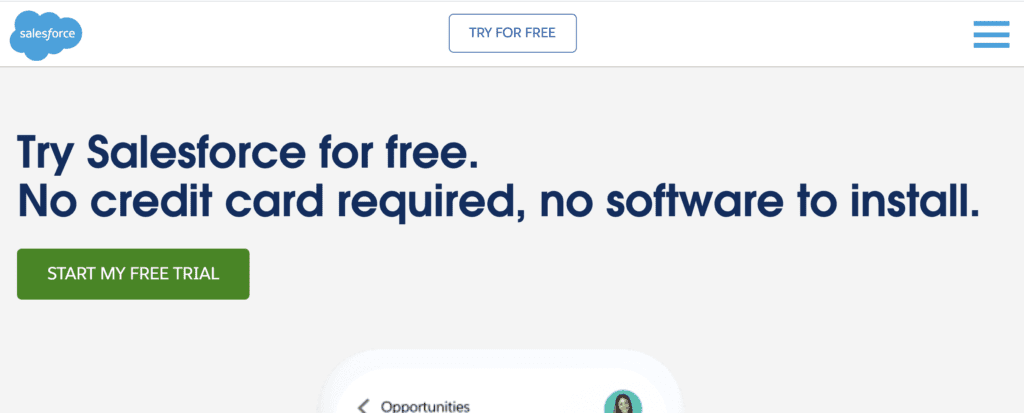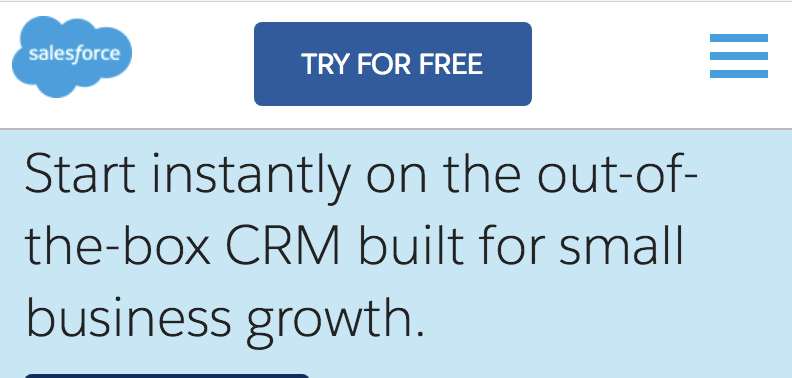
The other day I went to buy a SaaS product. I know this SaaS product well, and have used it for years. It’s not a great piece of software, but it’s very effective and useful. I was finally ready to buy.
I was forced to go to an SDR first — the only button was “Contact Us”. I asked for a free trial. The SDR said that wasn’t possible, and wanted to talk about my “budget” first. I told him I had no budget, but I’d used the product for years and just wanted a trial, and absent that, I was happy to buy today and just get my data in that minute. I already knew the product and wanted to buy right now — but I couldn’t. I escalated it to the CEO. The CEO said free trials didn’t work for them. So, I didn’t buy then, and I haven’t bought since.
Net net … they lost a small customer for now. But was that the wrong decision? The CEO was right I’m sure … I might have messed the product up if I’d inputted all the data myself. And really, their focus is larger customers. The revenue was immaterial.
Most of us founders want as much of the product to be free as possible, or at least, we want folks to be able to “play with it” first. At least up until the “choke” — the moment in time we ask for money. Because we know trying before you buy is the user experience we prefer. And we also prefer to not pay at least until we see value. And we also see the power of free to create momentum and energy.
We had a fun discussion with Aaron Levie at the SaaStr Annual back in 2019. A small part was around their API and partnerships. You can hear him, even at Box’s scale, wishing API access can be as free as practical, to encourage their ecosystem to develop on Box:
But free and free trials come with real costs, especially soft costs. Engineering costs to maintain the trials and trial experience. And oftentimes, sales complaints and costs (sales much prefers deals to close faster, usually).
My learning and rough rule: trials and freemium options work well — if you can support them well.
A checklist to ask yourself:
- Can someone potentially deploy your app in minutes?
- If they can, would it work well self-deployed? Or does it need a ton of data in it to work well and show value?
- If it needs a ton of data, can a “demo org” adequately convey that value? I.e., could you prepopulate data and have the self-deployed app show well?
- Would you yourself want a free trial first, before buying?
- Would it add value to some of your customers, and increase conversions, if they could try on their own before they bought?
If the answer is yes to these questions, definitely at least try a free trial.
You’ll find as you get bigger, and deal sizes go up, fewer and fewer customers will do the work for a real free trial in enterprise deals at least. More will want your team to do the work. 🙂 So it may matter less as time goes on.
One side benefit you get is a better product. It’s harder to build an enterprise-grade product so intuitive that it can be used in seconds. If you can pull that off, you have a competitive and strategic advantage.
So my general advice is — at least try. Trying will drive you to a better product, and it may drive you to be a better prospect and onboarding experience.
And once you go down the path of not having a free trial, or not having one anymore … and engineering and sales may push you to take it out … you’ll never get it back. It’s too hard to add the DNA, or re-add it-, later.
(Not necessarily a freemium version, though. Freemium is a business model. Free trial is a way to experience a product. They are very different (but can overlap).
And look — if even Salesforce can do a Free Trial — and that’s a very complex piece of software, that really benefits from a lot of data and workflow to show value … then likely you can, too. At least, if you work at it.
(note: an updated SaaStr Classic post)


